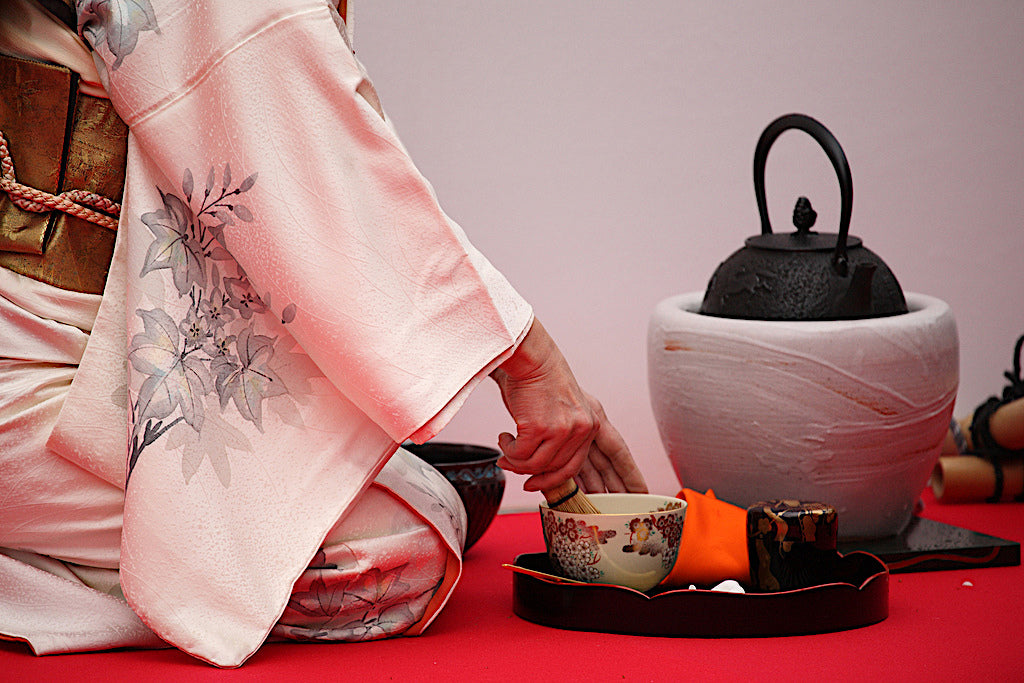
Exploring Japanese Tea Culture: A Path to Mindfulness and Simplicity
Share
Introduced to Japan by Buddhist monks during the Tang Dynasty (618–907 CE), tea has evolved into a cultural cornerstone, deeply tied to Zen philosophy and aesthetic simplicity. Japanese tea culture, centered on steamed green teas like sencha and gyokuro, is a blend of meditative ritual and everyday enjoyment, distinct from the diverse, social tea practices of China.
The chanoyu tea ceremony, refined in the 15th century by figures like Murata Jukō, is the heart of Japanese tea culture. Rooted in Zen principles—harmony (wa), respect (kei), purity (sei), and tranquility (jaku)—it transforms tea preparation into an art form. Conducted in minimalist tea rooms with tatami mats, the ceremony emphasizes wabi-sabi, finding beauty in imperfection. While traditionally featuring matcha (a powdered green tea), daily life revolves around loose-leaf greens like sencha, steamed to preserve vibrant, umami-rich flavors that contrast with China’s mellower, pan-fired teas.
Outside ceremonies, Japanese tea is practical yet refined. Sencha, the most common tea, is a daily staple, brewed for its fresh, grassy notes. Hojicha, a roasted green tea, offers a toasty, low-caffeine alternative. Tea is both a moment of pause and a cultural touchstone, sipped at home or during quiet gatherings.
VacBrew brings Japanese tea culture to your kitchen with its vacuum pressure technology, extracting bold sencha or hojicha flavors in minutes, hot or cold. (Note: VacBrew’s metal mesh filter cannot handle matcha’s fine powder, so whisk matcha traditionally for ceremonies.)
